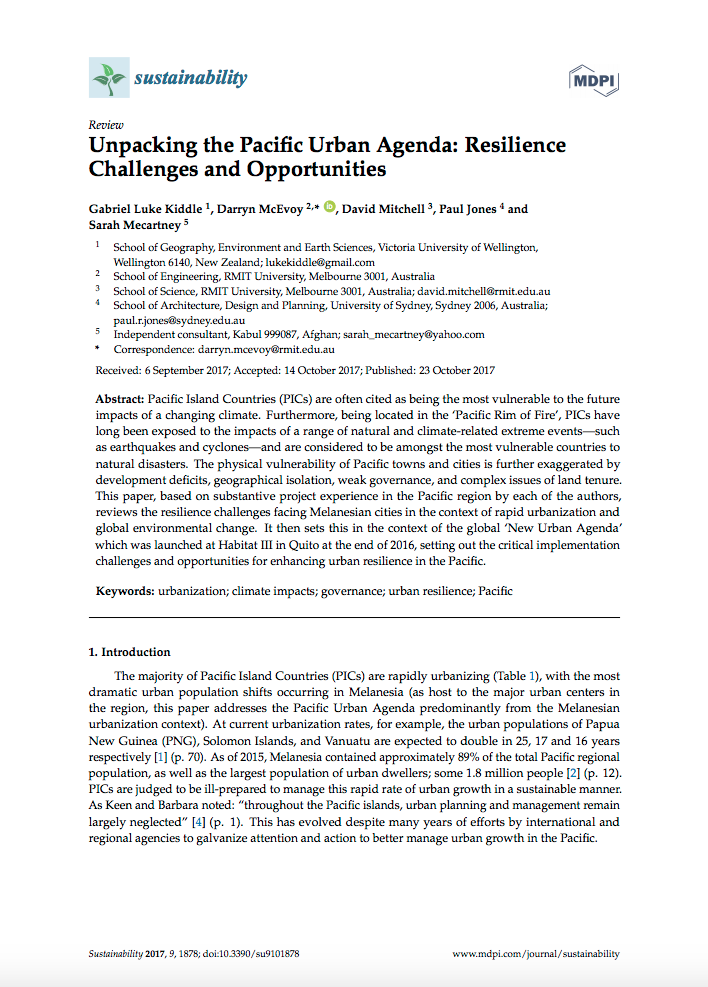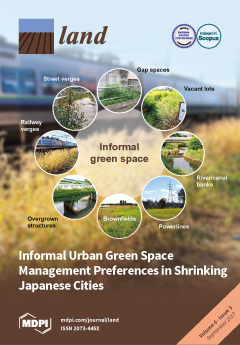Standardised Database on Sustainable Land Management (SLM) Practices in the Governorates of Zaghouan and Medenine (Tunisia) (English version)
This is the presentation of Dr. Quang Bao Le during the workshop "Sustainable Land Management to Achieving Land Degradation Neutrality: Options-by-Context Approach and Tool", final workshop for the project "Impact Evaluation of SLM Options to Achieve Land Degradation Neutrality", held in Tunis on the 24th October 2017. This presentation highlights the database generation and its results.




